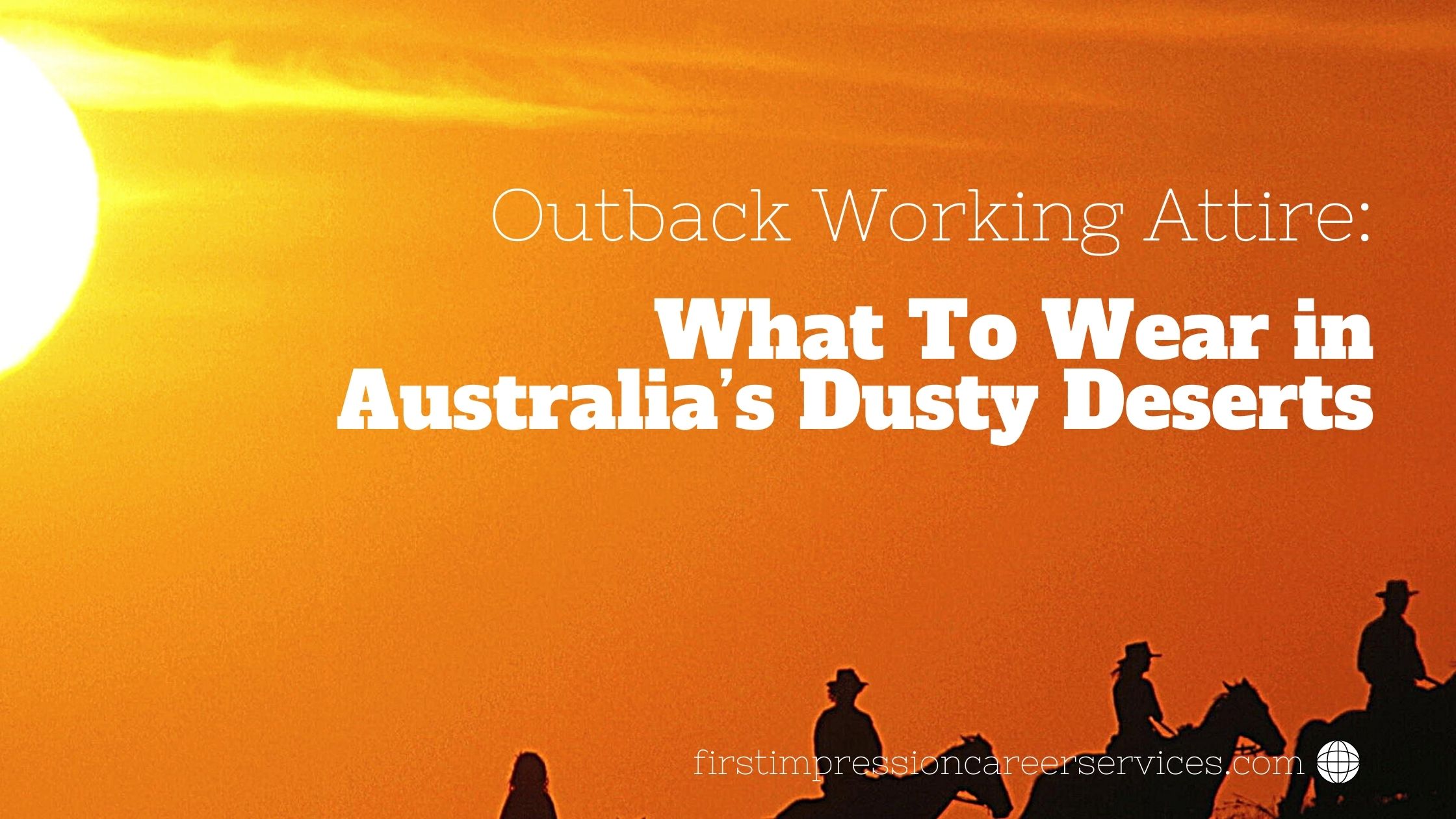Think of one of the most recognised satirical artworks of the 20th century, Grant Wood’s American Gothic.
That pitchfork. The frowning, distant-eyed woman in front of the oversized window of a Depression-era farmhouse. That stern, tight-lipped, bespectacled and sombre male counterpart? A portrait based on Wood’s local dentist.
Not the kind of face you want up close and personal rummaging around in your mouth.
“…I tried to characterise them truthfully – to make them more like themselves than they were in actual life,” the artist said at the time.
Such is the essence of the long-standing portrayal of dentists throughout history.
As early as the 1300s, one of the six-hundred-and-fifty miniature illustrations of Omne Bonum is of a medieval tooth puller, holding huge silver forceps and sporting a thick, lemniscate rope of molars. Written for King Edward III by Clerk of the Exchequer, James de Palmer, and literally meaning “All Good Things” it is the first known attempt at an alphabetised encyclopaedia. Its four volumes contain one million words; to finish it like pulling teeth with just one entry for letters N through to Z.
Maybe de Palmer wandered off to kiss a donkey and cure his toothache, as was one belief of the Middle Ages.
Surprising really, because the importance of good oral health was well known by the 1400s. Having white teeth and fresh breath was rather more fashionable than implicit, but oral hygiene was most certainly practiced. Having a diet low in sugar and high in calcium, the Pythonesque offering of blackened and rotting medieval teeth is a furphy – many herb, ash, and salt preparations are known to have been used, presumably to avoid a trip to the barber for barbaric extraction.
Without anything like anaesthetic or a diversionary tropical aquarium or two.
For the entire thousand-year span of the 5th to 15th centuries, archaeological studies have revealed an average of 1-in-5 teeth decayed. By the early 1900s it was 9-in-10.
Sugar, sweety, take a bow …
So for most of human history, teeth were good, tooth-drawers were bad, and asses were sometimes kissed. The term “dentist” didn’t appear until 1759 from the French word “dentiste” (“dent” meaning “tooth”) and the word-forming element “iste” signifying “one who does or makes”.
It’s easier to recall the cold portrayals than the kind in film: the sadism of Marathon Man, Little Shop of Horrors, The Dentist; the moral bankruptcy of Cactus Flower and Novocaine.
Hot and harassing nymphomaniac Dr Julia Harris of Horrible Bosses as channelled by Jennifer Anniston is superbly memorable. Comic panache.
With a side of slightly unnerving.
In the critically acclaimed first season of Fargo, Billy Bob Thornton’s genius deadpan portrayal of Lorne Malvo is unforgettable. This frightening and fascinating hitman, with no conscience and brilliantly restrained malevolence, is the personification of relentlessly evolving violence. In order to bag a bounty in the witness protection program, he posed and practiced as a dentist for six months.
And here’s the rub: as dentist Mick Michaelson, he’s aces. Well liked by his patients for his gentle hand and convivial nature, loved by his business partner Dr Burt Canton and his wife. Adored by his beautiful dental assistant fiancé Jemma Stalone.
He throws a great party. Is a charming and engaging dinner guest. The dentist you wish you had.
And in a 5-star Vegas elevator he executes the Cantons and Jemma just to prove a point to a newly confident and prideful Lester Nygaard.
“This one’s on you,” he says. “I worked this guy for six months, Lester. Six months! Can you imagine the number of sewer mouths I put my hands in? The gallons of human spit? Plus the hundred thousand ballot down the toilet. But still. The the look on his face when I pulled the gun – classic, huh.”
Brilliance with a burnisher.
Granted, it’s not all just mouthy maniacs. We also have the naïve and inept: Captain Kosciusko Waldowski in Altman’s M*A*S*H, Finding Nemo’s Dr Sherman; The In-Laws with Alan Arkin’s mild-mannered Shelly Kornpett. The Whole Nine Yards. And when Abbott and Costello have a 27-minute television routine with a near-sighted dentist in 1952’s The Dentist’s Office, regardless of who’s on first, you know nobody’s going to survive the rapid-fire patter and knockabout slapstick.
Is there other, less unsettling and more creative online content about dentists? A mere mention of an endearing one at least?
Only Dr Ted Brookes of Snow Dogs comes to mind, in the quintessential expectation of a Disney film. And just a year before that, the Golden Books production of Rudolph the Red-Nosed Reindeer and the Island of Misfit Toys, where Hermey the Elf’s career change includes a Toothmobile and a Tooth Fairy crush.
A bit too twee? Try David Walliams’ children’s book, The Demon Dentist – heartwarming for sure. Pricelessly and cleverly humorous. And very, very creepy.
Why the bad rap across the arts for the one who does or makes teeth? Fear. Purely and simply. One of only seven universal emotions. Fear of the pain, the sounds, and the fact that you are scarcely more vulnerable than with your mouth wide open, full of fingers and implements with no way to talk and no way to run.
Forget about nowhere to run. Feeling like a cranial brochette means you won’t run. Doesn’t matter where you think you might be going.
If emotions were Seven Dwarfs, fear’d be Doc-Grumpy-Happy-Petrified-Phobic-Aversive. And yet, still remain one of the magnificent seven facets of humanness, putting in the hard yards and diggin’ for diamonds.
Throughout art history and its narrative, strong emotions create the best legends, the best stories, the best visuals, the best connection with psyche. Always swiftest transportation from the here and now; the most powerful transition from nobody to somebody.
Interestingly, what emerges when you can’t scream any more or sweat any louder, is curiosity.
Curiosity brings trust. From there comes courage; and then you are calm. From the brutal and blundering, comes the corny and comforting.
Archetypically, the pleasure from the pain. Like a trip to the dentist.
So when you realise you’re putting off that check-up or seeing your typical trusted local dental bridges specialist, hold the philosophical position of Oscar Wilde: “Life imitates art far more than art imitates life.” Because when you recognise real-life dentists as brilliant, so are your teeth.
- Article by Suzanne Saunders










